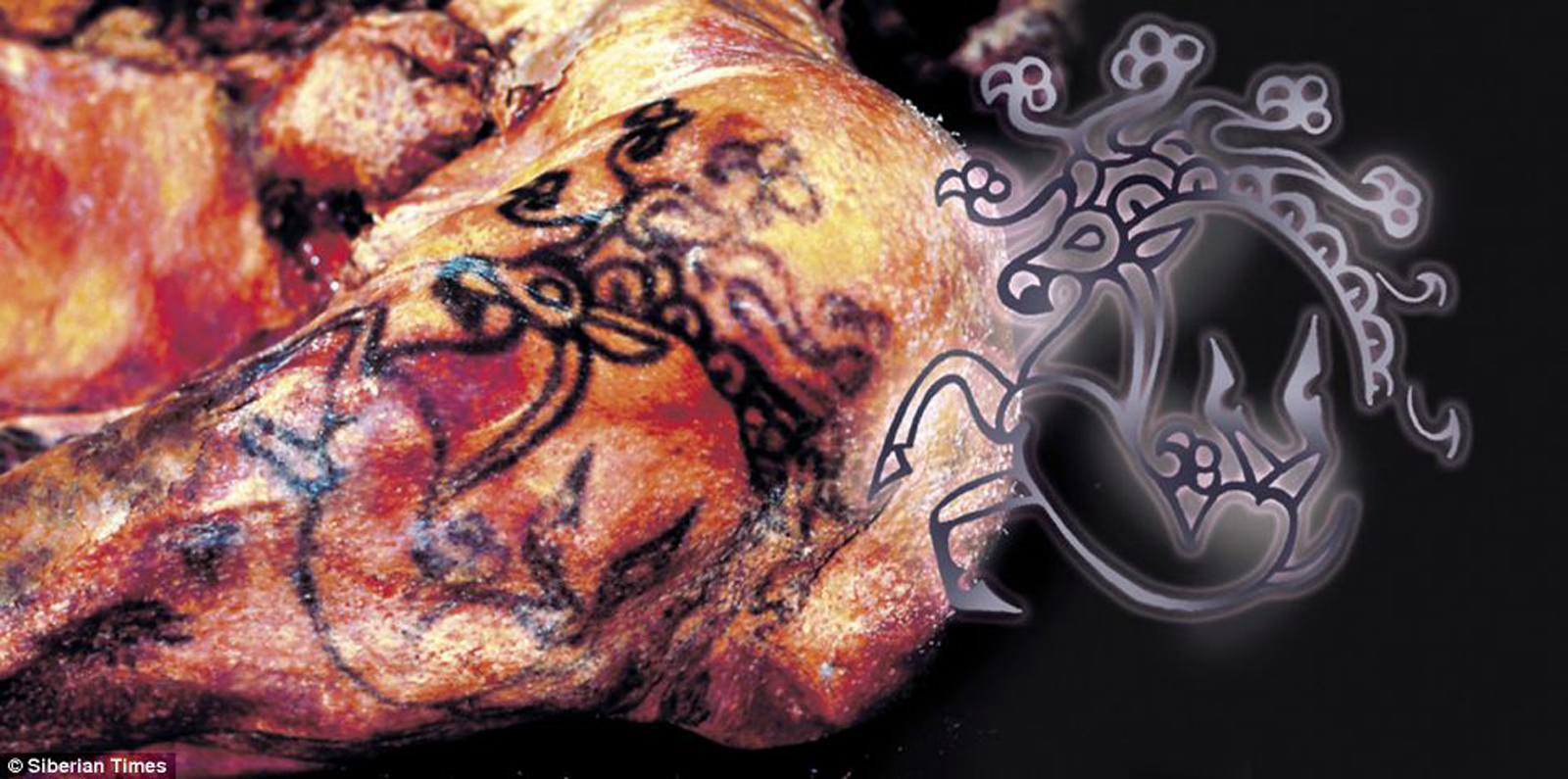
Joseph Merrick didn’t exactly have the most peaceful life, having been the now, and then, famous Elephant Man of London but, even in death he shall not rest peacefully for scientists plan on investigating his bones to determine just what caused his problems.
The Independent writes:
He was the thing of children’s nightmares, outcast by a Victorian society unable to comprehend his grotesque deformities, but was later immortalised in films and plays. Joseph Merrick, better known as the Elephant Man, is one of medical history’s enigmas: 122 years after his death, no one knows exactly what caused his extreme disfigurement. But scientists will attempt to solve the puzzle next month by extracting DNA from his bones for analysis.
Merrick came to the attention of the medical profession in the 1880s. Ever since, scientists have struggled to explain the huge growths that caused him to be first shunned and finally celebrated by society – by the end of his life his courage and humility had, at last, been recognised. Merrick became a folk hero for speaking up for others who were similarly afflicted.
It was initially thought that he suffered from Elephantiasis, a parasitic infection characterised by the thickening and enlargement of skin and tissue, hence his nickname.
Then, in 2001, some scientists suggested that Merrick had suffered from a rare disease called Proteus syndrome – a congenital disorder that causes skin overgrowth and abnormal bone development. But other experts questioned the diagnosis, saying that the way his disease manifested was not typical of that condition. It is hoped this latest research will finally prove conclusive.
Scientists will extract DNA from Merrick’s skeleton, which has been kept at the Royal London Hospital at Whitechapel, east London, since his death, aged 27, in 1890. Tests will then be carried out to see if it is possible to sequence Merrick’s genome thereby identifying any gene alteration. The already complex technique has been made harder by the fact that Merrick’s skeleton has been poorly preserved, and years of bleaching to keep it clean have degraded the remains.
Researchers hope that, by finally diagnosing his condition, they will be able to treat other sufferers.
Read more at independent.co.uk/news/science

















